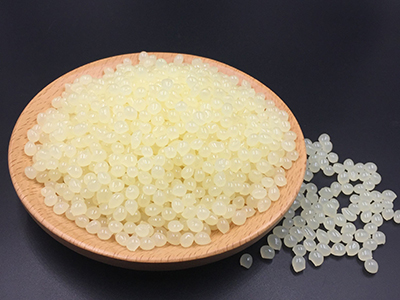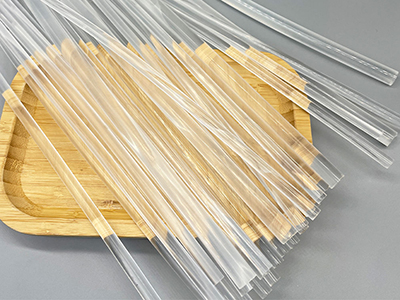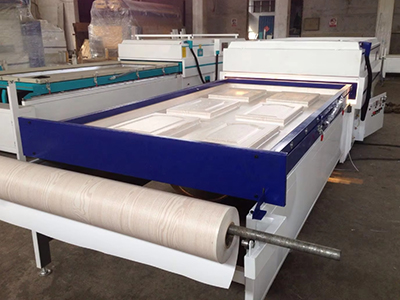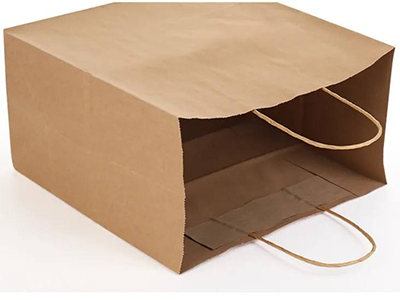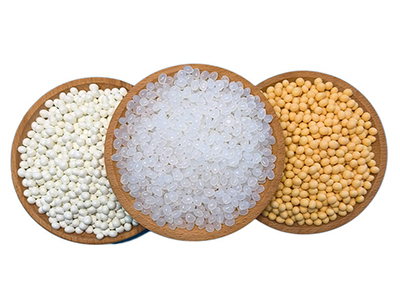“Hot melt resin” typically refers to a type of adhesive that is in a solid state at room temperature but becomes molten when heated. These adhesives are commonly known as hot melt adhesives (HMAs) or hot glue. They are widely used for bonding various materials in industries such as packaging, woodworking, product assembly, and more.
Key characteristics of hot melt adhesives:
- Solid at Room Temperature: Hot melt adhesives are solid, thermoplastic materials at room temperature. They come in the form of sticks, pellets, or granules.
- Melts When Heated: The adhesive is designed to melt when heated, typically using a hot glue gun or a similar application device. The heating process is rapid, and the adhesive becomes a molten liquid.
- Quick Setting: Hot melt adhesives cool and solidify relatively quickly after application, resulting in a fast-setting bond. This property makes them suitable for applications where a quick bond is required.
- Versatile: Hot melt adhesives can bond a wide range of materials, including paper, cardboard, fabric, plastics, and some metals. They are versatile and used in various industries.
- Limited Temperature Resistance: While hot melt adhesives offer good adhesion and quick setting, they may have limitations in terms of temperature resistance. They can soften or lose their bond at elevated temperatures.
- No Solvents: Unlike some liquid adhesives, hot melt adhesives do not contain solvents. They are applied in a molten state and solidify upon cooling, making them a more environmentally friendly option.
The term “hot melt resin” may also be used in the context of certain resin-based materials that are in a molten state when heated and solidify upon cooling. However, when discussing adhesives, “hot melt resin” typically refers to hot melt adhesives.
Hot melt adhesives are commonly used for applications where quick bonding, ease of use, and a clean application process are important considerations. They are prevalent in industries such as packaging (for sealing boxes and cartons), woodworking (for bonding furniture components), product assembly (for bonding various components), and in various DIY projects.


